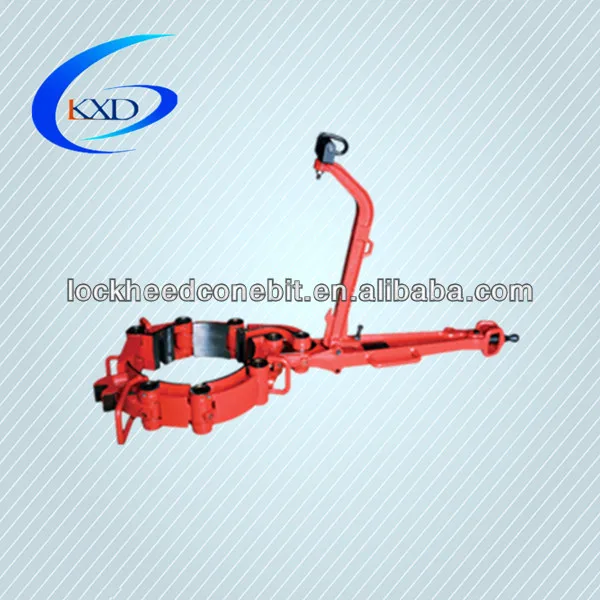

Variation associated with local geometry (such as melt flow paths or section thicknesses) Variation associated with normal foundry processing conditions (such as melt temperature or local die temperature) In a casting, the measured variation in mechanical properties (both spatial variation within a casting and statistical variation observed at a particular location across multiple castings produced under the same conditions) obtained from excised test samples can be due to several sources: Therefore, the ability to predict spatial variation in local properties can still lead to improved accuracy in the prediction of the overall behavior of a component and thus increased confidence in and utilization of HPDC Mg components. Computer-aided engineering (CAE) methods used in design, however, rely on a single material model for all regions of the component to predict the component behavior without taking into account location-specific properties or their distribution about the mean. One way to look at the situation is that the mean value of a given property is location dependent and each location may have its own statistical variation.

To complicate the situation further, a given property at a given location varies from casting to casting, resulting in another factor to address. A key conclusion from these studies is that an understanding of the spatial variability in the mechanical properties from quasi-static tests is important because the values of ductility in a given location may influence dynamic performance of the component in service. Studies of excised tensile samples from production instrument panel components in AM60 have shown that spatial variation in ductility can range from 1% to 14% depending on location within the component. These geometry and manufacturing-history-dependent spatial variations, also known as location-specific or local properties, should be accounted for in the design of structural applications. In general, higher ductility corresponds to better fracture toughness this is a key concern in the prediction of crash response and optimal design of structures.Ĭastings, probably to a greater extent than wrought products, exhibit geometry and manufacturing-history-dependent spatial variation in some properties. In several studies of the magnesium alloys AM50 and AM60, elongation at failure or ductility has been reported to correlate with fracture toughness in Mg alloys. However, HPDC Mg alloys do have a lower ductility (elongation at failure) than more commonly used wrought steel or aluminum components. Thus, most magnesium components are produced by high-pressure die casting (HPDC). This enables part consolidation and potential cost savings. Additionally, the excellent high-pressure die castability of many Mg alloys allows for more complex and one-piece designs compared to traditional steel stampings and even some Al castings. The low density and favorable stiffness-to-weight ratio of Mg alloys enable considerable weight savings on components. In this study, the authors bypassed the traditional Integrated Computational Materials Engineering (ICME process-microstructure-properties) approach in favor of a semi-empirical quality mapping approach to provide estimates of manufacturing sensitive local properties for use in process and component design.Īs the need for weight savings and fuel economy has increased, so has the interest in using magnesium alloys for a wider variety of automotive applications.
#Magmasoft api manual software
The results of this model were used as input to a performance simulation software code to simulate the component-level behavior under two different loading conditions. Local properties were predicted, and the local property (quality map) model was compared with a prototype production component. Casting simulations were also conducted for each experimental condition.

Over 1,200 tensile samples were excised from cast parts and tested.

A design of experiment (DOE) was created to examine the role of various casting parameters on local properties such as ductility and yield strength. The work investigates the role of casting parameters on local ductility and yield strength and presents a model for predicting local ductility and yield strength in a cast component. 2.10.This paper explores the use of quality mapping for the prediction of the spatial variation in local properties in thin-walled high-pressure die castings (HPDC) of the magnesium alloy AM60.


 0 kommentar(er)
0 kommentar(er)
